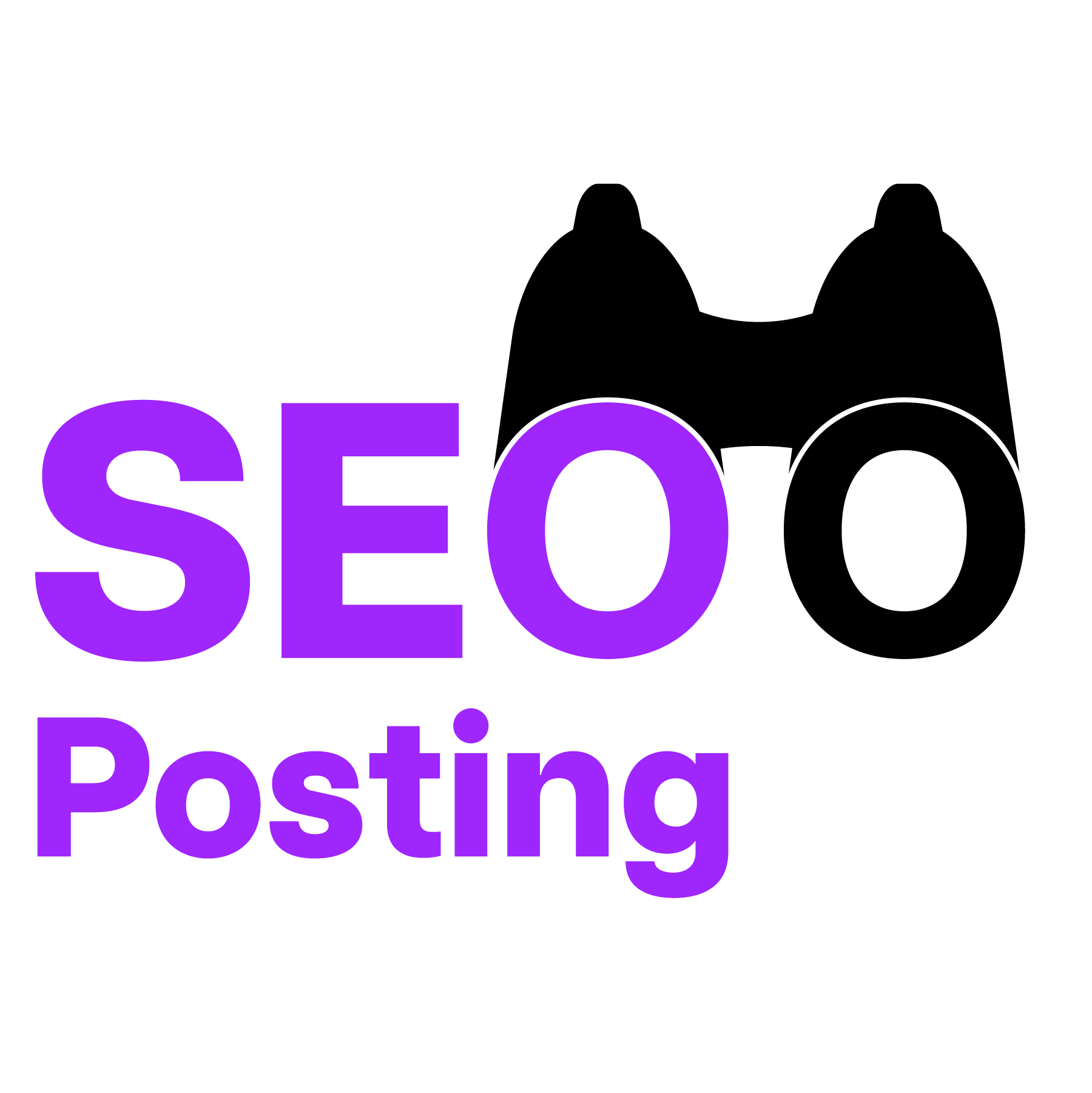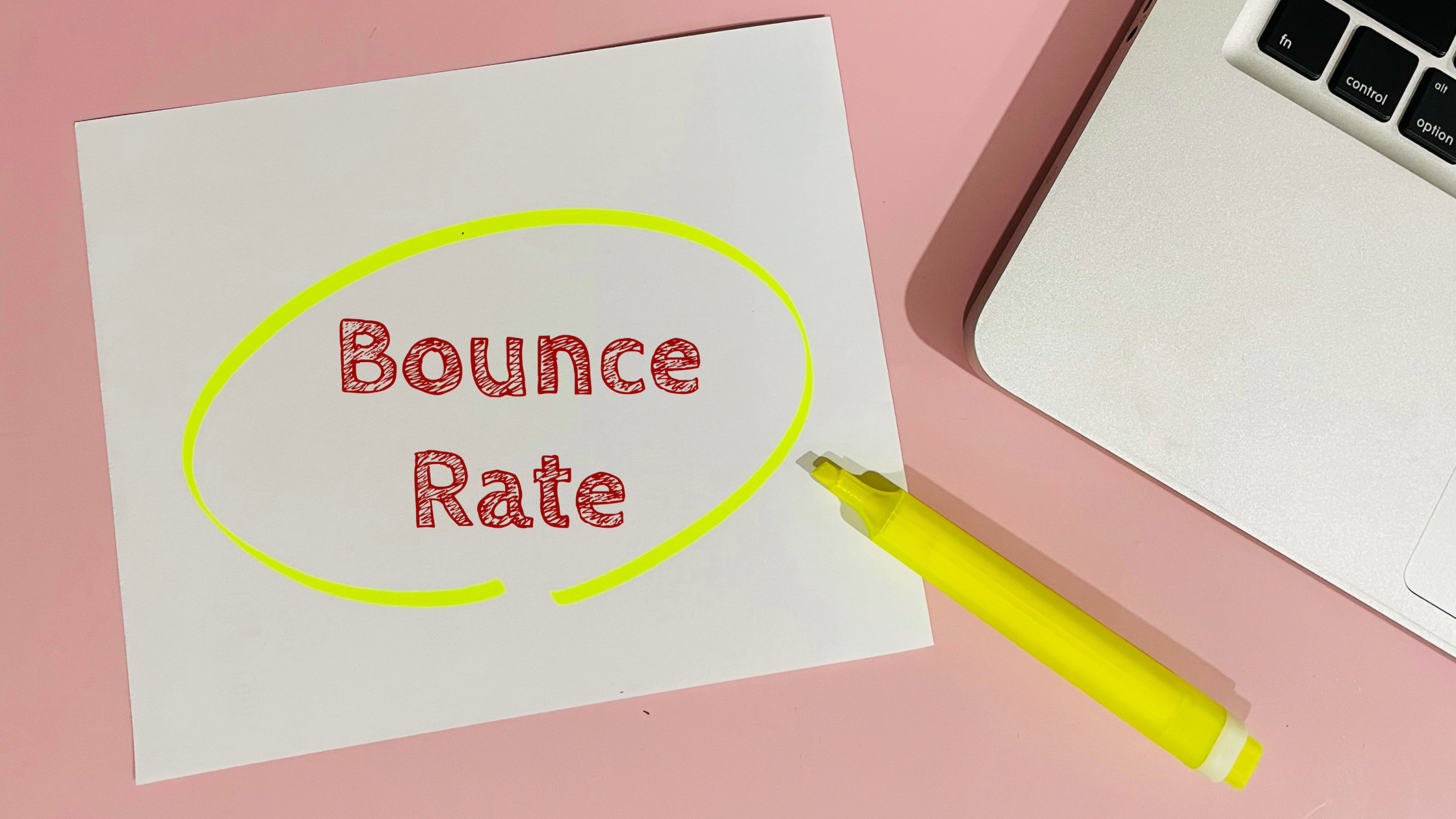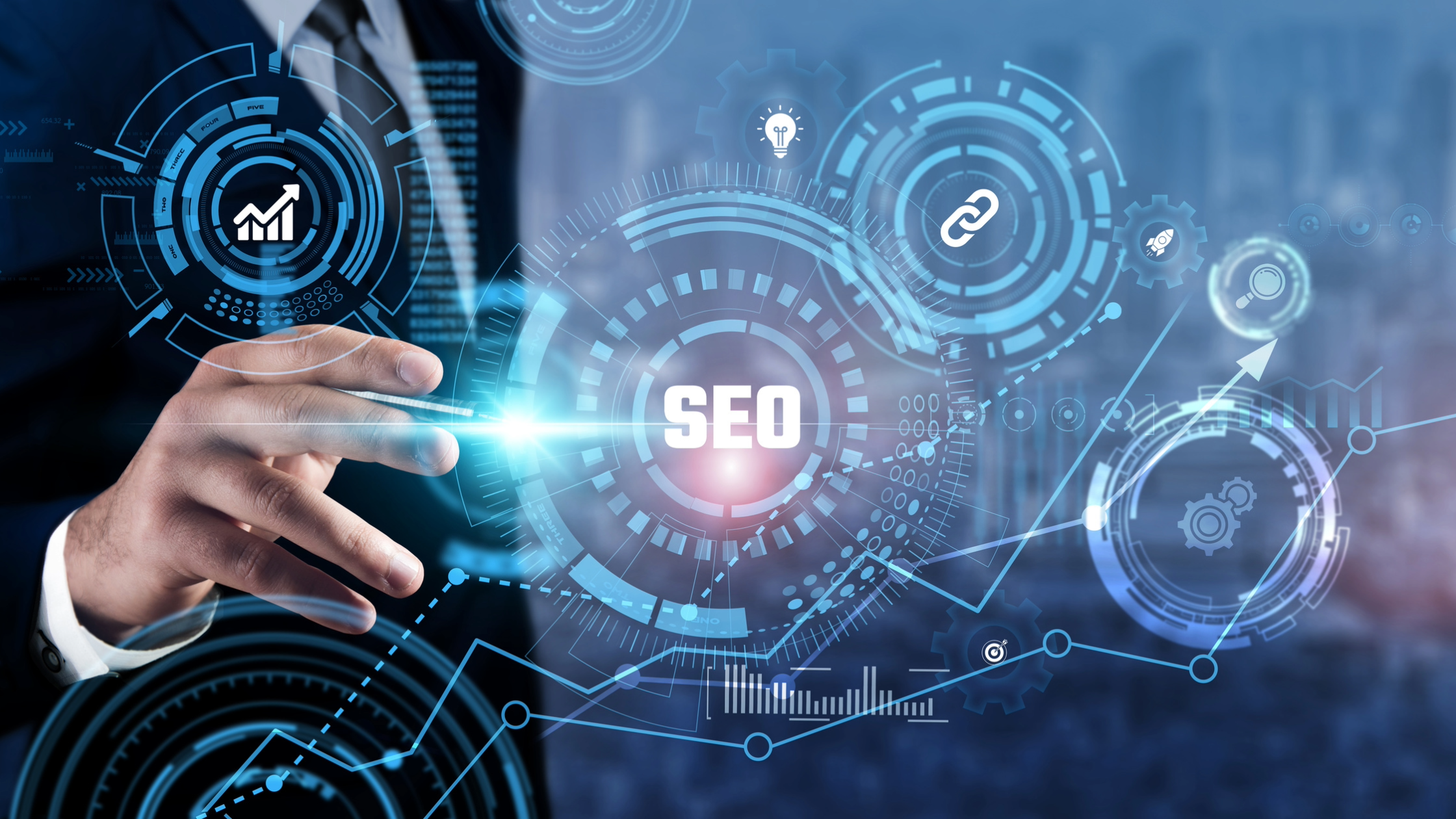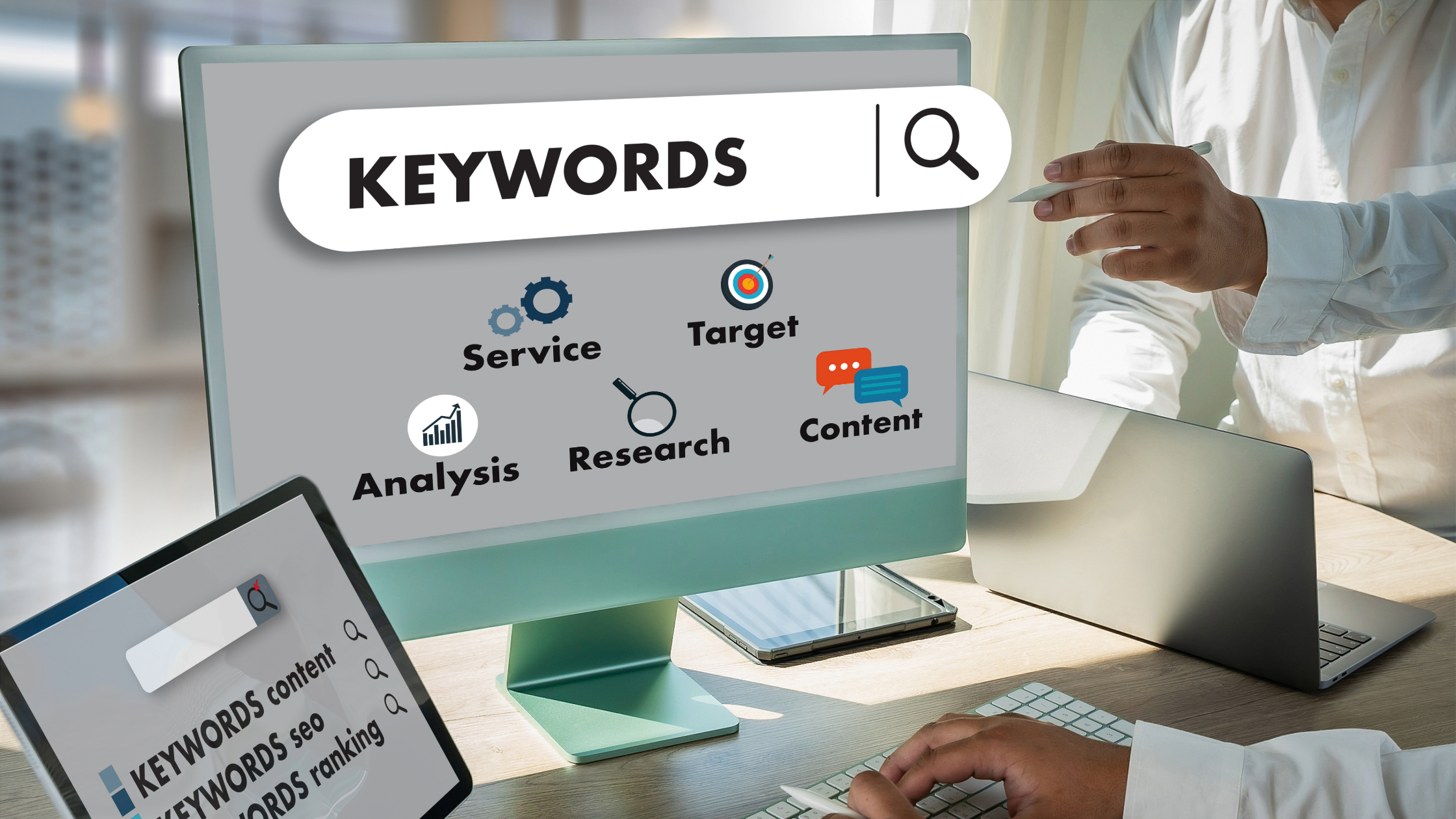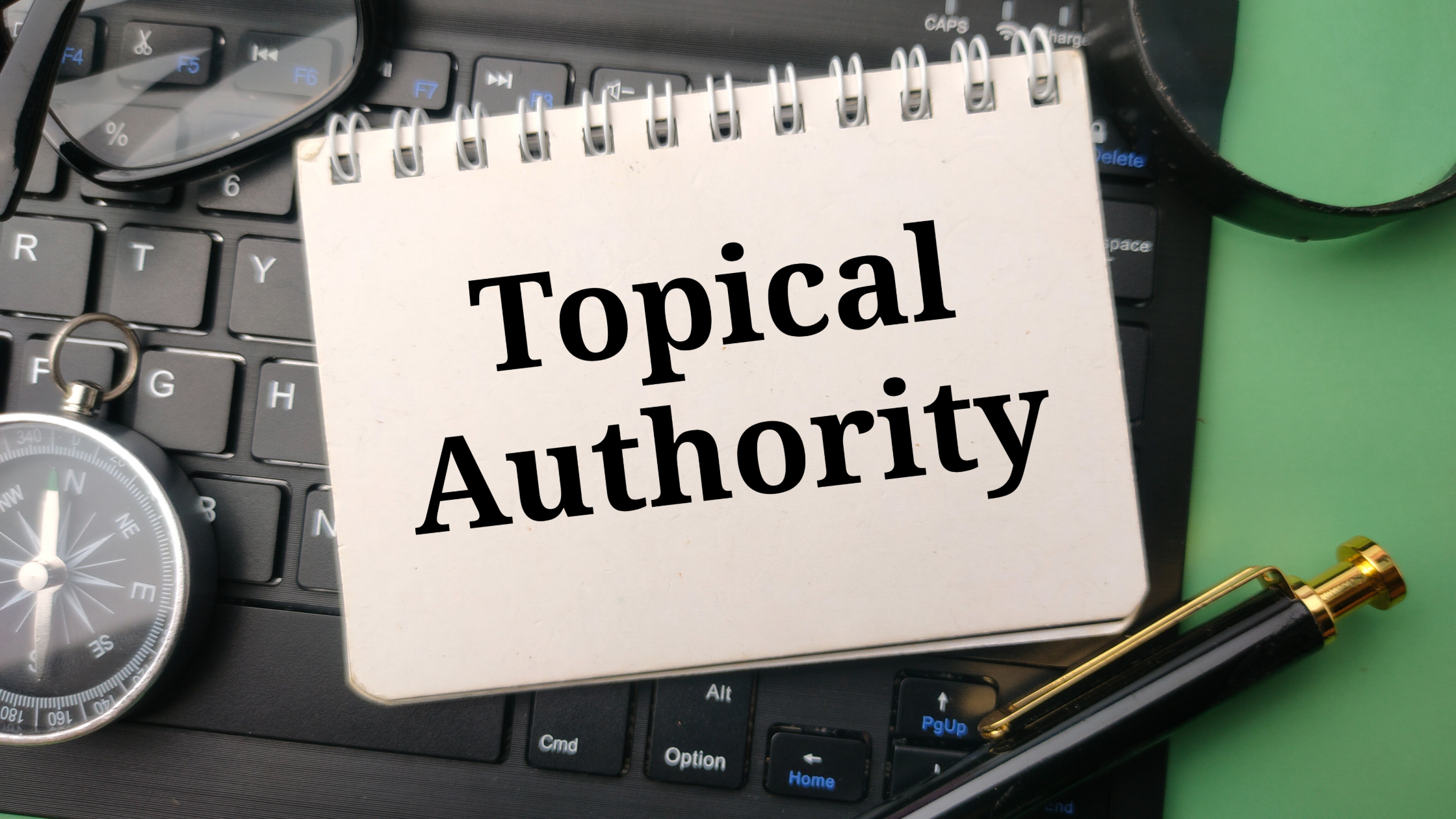Why Your Bounce Rate Is Killing Your Rankings
Let’s be blunt—if visitors are leaving your site faster than a cat avoids bathwater, you’ve got a bounce rate problem. And yes, it’s wrecking your SEO. Google doesn’t like it when people click, glance, and bail. That’s a sign your site isn’t delivering what they expected, and it’s one of the reasons your rankings might be slipping.
What Is Bounce Rate?
Bounce rate measures the percentage of visitors who land on a page and leave without clicking anything else. It’s like walking into a store, taking one look, and walking straight back out. Not exactly the vibe you want for your business—or your website.
High bounce rates don’t always mean your site is bad, but they do mean something’s off. The content might not match the search intent. The design might be confusing. Or maybe your page just loads like it’s stuck in molasses.
Does Bounce Rate Affect SEO Rankings?
Technically, Google has never said bounce rate is a direct ranking factor. But here’s the twist—bounce rate often correlates with signals that are ranking factors, like:
- Time on site
- User engagement
- Pogo-sticking (users quickly bouncing back to the search page)
- Conversion behavior
When users bounce quickly, it tells search engines that your page didn’t deliver the goods. That’s not a good look for SEO.
What’s a “Good” Bounce Rate?
It depends on your industry, but here are some ballpark figures:
- 25–40%: Excellent (usually seen on well-targeted landing pages)
- 41–60%: Average (typical for blogs and content-heavy sites)
- 61–80%: Could be better (you’ve got work to do)
- 81%+: Houston, we have a problem
Why Visitors Are Bouncing (And What to Do About It)
Time to stop the exits. Here’s why people leave your site—and how to make them stay:
1. Your Site Takes Forever to Load
People have zero patience for slow sites. Compress your images, ditch bloated plugins, and upgrade your hosting if needed. A slow site is an abandoned site.
2. Your Content Doesn’t Match the Click
If your page title promises “The Best Hiking Boots of 2025” and your content starts with a 600-word essay on the history of shoelaces… yeah, they’re gone. Match your content to the user’s intent. Fast.
3. Poor Mobile Experience
More than half of web traffic is mobile. If your site doesn’t look good or work well on a phone, your bounce rate will skyrocket. Use responsive design, and test your site on multiple devices.
4. Walls of Text With No Breaks
Nobody wants to read a novel. Break up your content with:
- Headings
- Short paragraphs
- Bullet points
- Images and videos
Make it scannable. Make it enjoyable. Or lose them.
5. Annoying Pop-Ups
Exit-intent pop-ups? Fine. A full-screen ad that blocks content before someone can even read the first sentence? That’s a bounce in the making.
How to Lower Your Bounce Rate
You don’t need to turn your site into a Vegas attraction. Just do the basics well:
- Improve loading speed with tools like PageSpeed Insights or GTmetrix.
- Use compelling intros that tell the reader, “Yes, you’re in the right place.”
- Add internal links to guide users deeper into your site.
- Include clear CTAs (calls-to-action) to give users a next step.
- Use relevant images and multimedia that support—not distract from—your content.
Bounce Rate Isn’t Always Bad
Before you panic over a high bounce rate, remember: sometimes it’s okay. If a user lands on your post, gets the answer they need, and leaves satisfied—that’s still a win.
The real goal is relevance. Are you answering the question? Are you satisfying the intent behind the click? That’s what Google cares about.
Final Thoughts: Make Your Site Worth Sticking Around For
A high bounce rate is usually a red flag, but it’s also a clue. It tells you where your content, design, or experience might be falling short. Don’t ignore it—use it.
Need help creating content and structure that keeps users around? At Hour51, we help brands lower bounce rates, improve user experience, and turn one-click visits into real results.
news via inbox
Subscribe to get SEO Tips and Tricks directly in your inbox!
